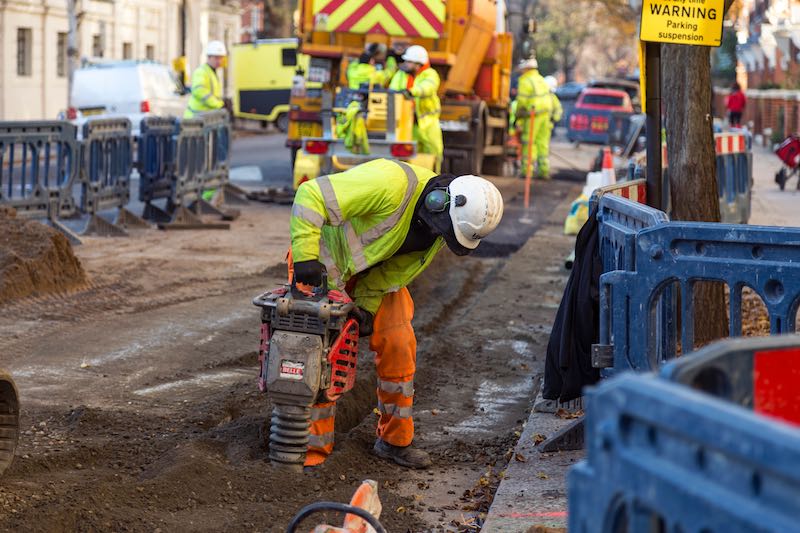Alternative Full Fibre ISPs Expanded Coverage by 50% in 2019

Independent full-fibre broadband networks expanded their coverage by 50% in 2019 and now reach 1.22 million premises, according to the latest figures from the Independent Networks Co-operative Association (INCA).
That’s a marked increase from 2018 when coverage expanded by 30%.
Malcolm Corbett, CEO of INCA, said: “The substantial increase from last year is very promising. These impressive results are reflected in the scale of investment in the UK’s digital infrastructure. We calculate that a commitment of £6.6 billion has been announced for the independent operators. Coronavirus has demonstrated clearly the reliance we all have on connectivity.
“We look forward to seeing Government continuing to prioritise renewal of the UK’s digital infrastructure, both fixed-line and wireless.”
Alternative network providers are targeting 2.42 million premises by the end of this year, with long-term ambitions of connecting 15.73 million premises by 2025 and plans to spend £6.6 billion doing so.
Those figures are somewhat down from earlier forecasts, announced last May, of reaching 3.38 million premises by the end of 2020 and 15.96 million locations by the end of 2025. The revised forecasts are apparently due to a change in the way connected premises are counted, however.
It’s not yet known how the coronavirus shutdown will impact the delivery of these targets.
INCA’s data covers deployments by independent networks, such as B4RN, Cityfibre, Gigaclear and Hyperoptic, and exclude builds by mainstream operators like Openreach, Virgin Media and KCOM.
Collectively, alternative and mainstream fibre networks had reached three million premises by September 2019, according to Ofcom data. That includes 2.156 million premises Openreach had connected by the end of 2019, KCOM’s 200,000 connections locations (entirely in Hull) and approximately 600,000 locations connected to Virgin’s FTTP network. Overbuild, especially in city centres—including one London street which is served by three full-fibre networks—means more connections have been delivered than homes reached.
Among the 1.22 million premises independent ISPs have connected, 30% have taken up service—above the 20% to 25% which networks need to make their builds viable.
The UK government has targeted delivering “gigabit-capable broadband” to every home in the UK by 2025, accelerated from the original target date of 2033. However, some of these connections are likely to be achieved with 5G rather than fixed-line broadband and the deadline, a key part of Boris Johnson’s campaign for the Conservative Party leadership last summer, is seen by market watchers and industry experts as highly optimistic.
The government itself has pledged to spend £5 billion to help connect the final 20% of hardest to reach premises to full-fibre. That commitment might not be enough, however. Openreach has cautioned that connecting the final 10% of premises could cost as much as £4,000 per connection.
Read on our blog

With the government poised to implement tough new measures to...

Budget broadband provider TalkTalk has been notifying customers via email...

A year-long investigation by charity Citizens Advice has revealed a...

Education Secretary Nadhim Zahawi has announced a new commitment to...
